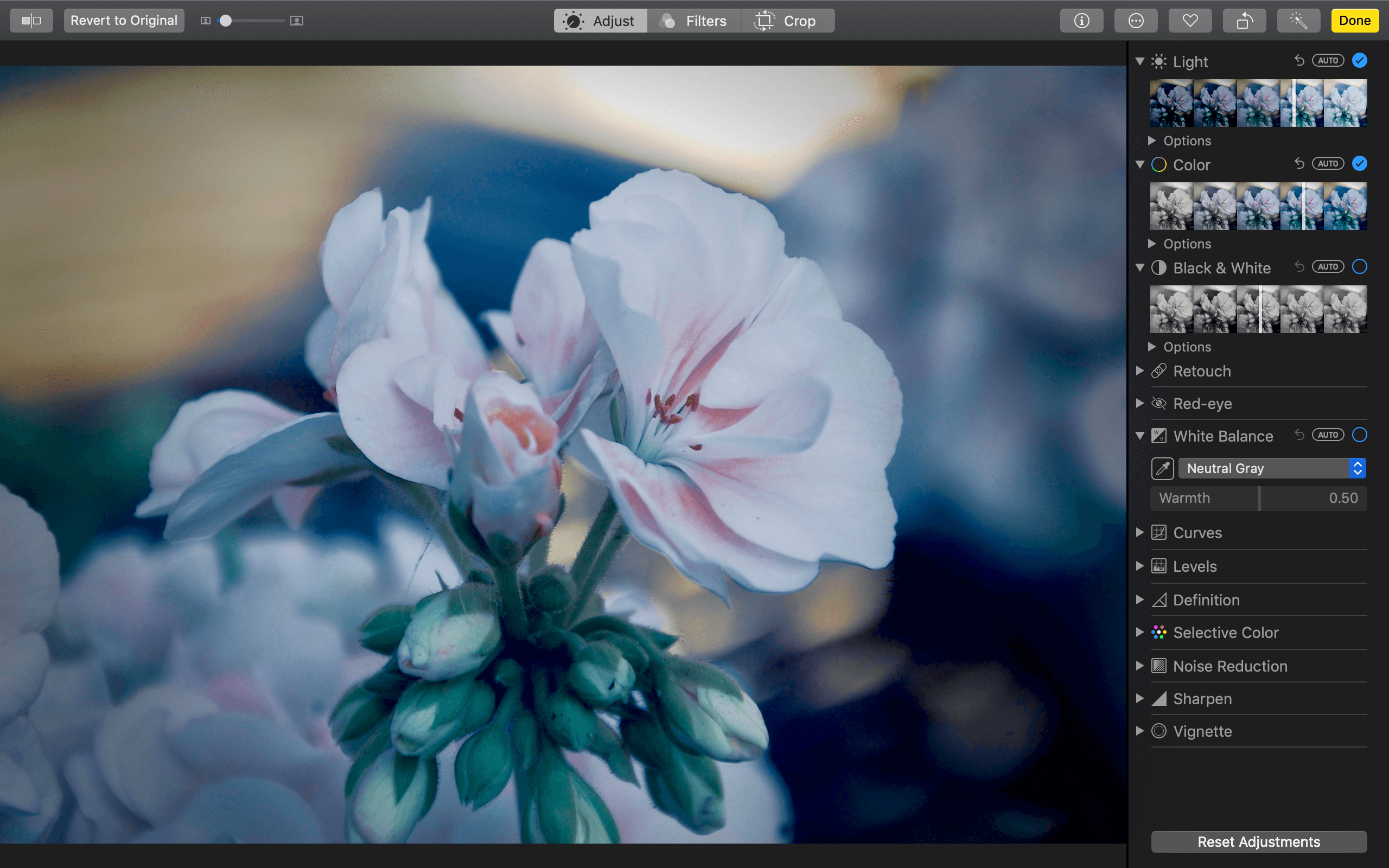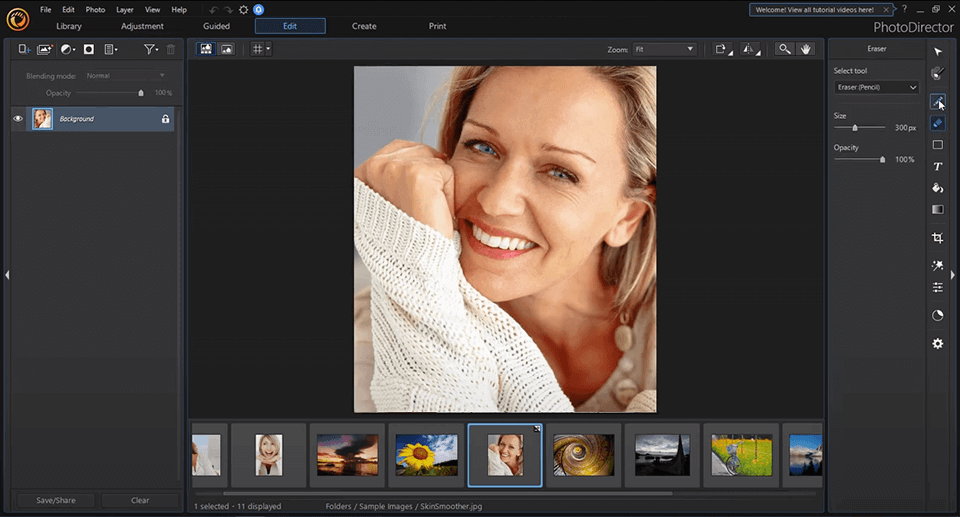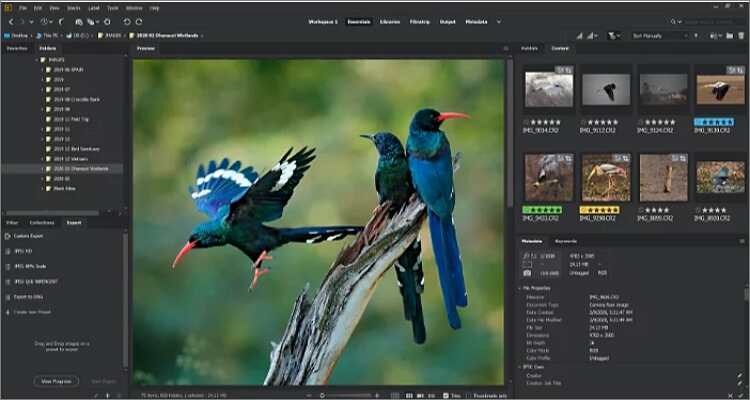
- #Photo editing and management for mac how to
- #Photo editing and management for mac manuals
- #Photo editing and management for mac full
- #Photo editing and management for mac pro
- #Photo editing and management for mac Pc
#Photo editing and management for mac full
The packages that made it to my long-list wereĪll three are full database-centric DAM applications. Not a very quick or exciting process.īut over the course of several months I gradually narrowed down the field. I also spent time tracking down leads and user opinions from others on the Internet, some of them interesting, others dead ends.
#Photo editing and management for mac manuals
Of course that involved reading the specifications for the various products, taking a look at the manuals or online videos, and, in promising cases, quickly testing out the software where free trials were available. With the above questions to the fore, my first task was to identify and check out the potential packages.

#Photo editing and management for mac Pc
cope with at least 100,000 images, stored on a PC or NAS (and preferably on offline media).

#Photo editing and management for mac pro
If you’re wondering, I use DxO Optics Pro for RAW conversion. You’ll perhaps have guessed by now that Lightroom was never an option.

And I know that not everyone likes to do it, but for me that includes writing metadata to RAW files too. Consequently, my first question when looking at any DAM package was not ‘is this good software’, but ‘is there a good escape route?’ Since there are no guarantees about software lifetime, the ability to write the catalogue data into the image files as metadata, in a form that can be read by other software, is what I’m after.
#Photo editing and management for mac how to
So, how to select DAM software? I’ve recently been through the process myself and, even if you disagree with my final choice (yes, I have made one), my concerns and experience may be of interest.įinding the holy Grail of the perfect DAM The altar in the cathedral in Logrono, Spain, copyright BKWine Photography PreconditionsĪs the DAM market has been consolidating over the past few years, one key concern was that I didn’t want to be stranded if my software was abandoned, or if the license model changes to a subscription model. I’ll not detail all the benefits here, but if, like me, you want to be able to easily view or retrieve particular images from among thousands, it’s an indispensable tool. Please respond to the DAM poll here: “ Which DAM do you use?“ĭigital Asset Management – otherwise known as DAM – isn’t the most glamorous topic in photography. A big THANK YOU to Mike for sharing this extremely interesting story! You can find more info on Mike at the end of the article. This is a guest article where Mike Briggs, of Mike Briggs Photography, explains how he found what was best for him. Here’s the story on how he selected his best DAM.Įvery photographer will have different requirements on a DAM so which one is “best for you” is not necessarily “best for me”.

Soon he narrowed the selection down to three candidates: digiKam, Photo Supreme, and Daminion. He started looking at a very broad range of DAMs. Mike needed to select a new DAM, digital asset management system, to manage his collection of 100,000+ images. Mike Briggs is a London based photographer with a particular interest in travel photography, reportage and street photography. Digital Asset Management software selection


 0 kommentar(er)
0 kommentar(er)
